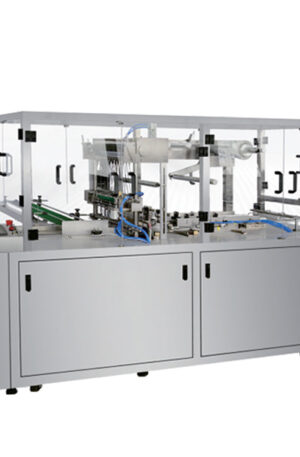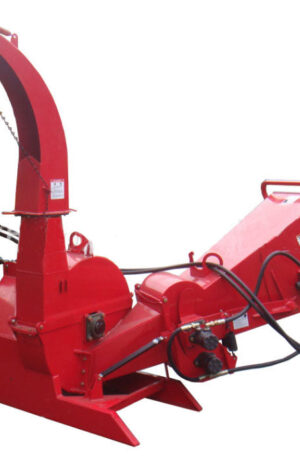Title: “The Evolution of Pharmaceutical Machinery: Innovations and Impact”
In the pharmaceutical industry, the machinery used for drug production plays a crucial role in ensuring the efficiency, accuracy, and safety of pharmaceutical processes. Over the years, advancements in technology have led to the evolution of pharmaceutical machinery, making processes faster, more precise, and more streamlined. Two key types of machines that have revolutionized pharmaceutical manufacturing are the table press machine and the capsule filling machine.
The table press machine, also known as a tablet press or pill press, is a mechanical device that compresses powder into tablets of uniform size and weight. This machine has become an essential tool in pharmaceutical manufacturing, as it allows for the mass production of tablets with consistent quality. The table press machine operates by filling a cavity with the powdered drug formulation, compressing it under high pressure, and then ejecting the formed tablet. The introduction of advanced features such as real-time monitoring, automatic adjustments, and quality control systems has increased the efficiency and reliability of table press machines.
On the other hand, capsule filling machines are used to fill empty gelatin or vegetable-based capsules with powdered or granulated drug formulations. These machines automate the process of filling capsules, increasing productivity and reducing the risk of errors. The evolution of capsule filling machines has seen the development of technologies such as adjustable dosing, precision filling mechanisms, and integration with other production line equipment. Modern capsule filling machines can handle a wide range of capsule sizes and formulations, providing flexibility and scalability to pharmaceutical manufacturers.
Two widely used types of table press machines are the TDP (Tablet Press) and THDP (Tablet High-Speed Rotary Press). The TDP is a single-punch table press that is suitable for small-scale production and prototyping, while the THDP is a high-speed rotary press that can produce large quantities of tablets at high speeds. Both machines offer different capabilities and features to meet the varying needs of pharmaceutical manufacturers.
In conclusion, the evolution of pharmaceutical machinery, particularly table press machines and capsule filling machines, has significantly impacted the pharmaceutical industry by improving production efficiency, product quality, and regulatory compliance. With ongoing technological advancements and innovations, these machines continue to play a pivotal role in the development and manufacturing of pharmaceutical products.
Overall word count: 314 words.





